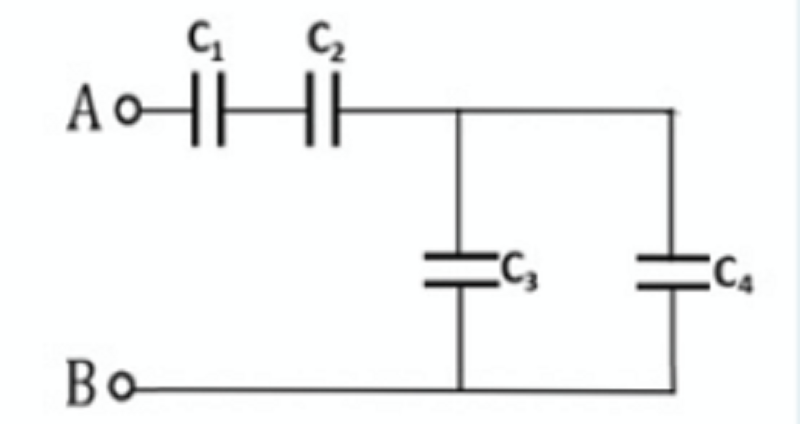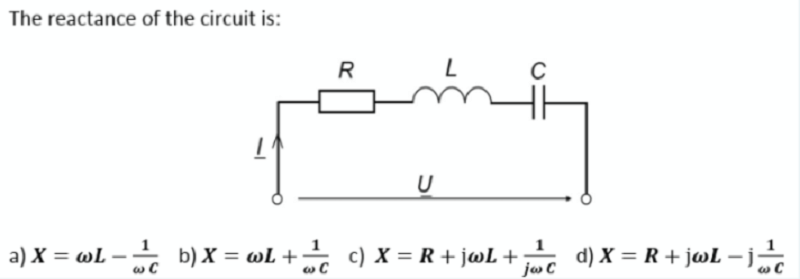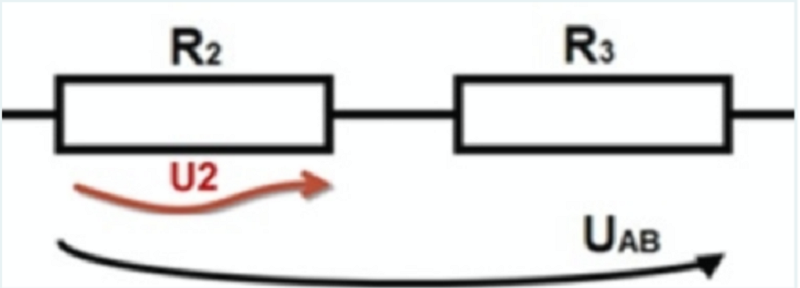Et
{"name":"Et", "url":"https://www.quiz-maker.com/QPREVIEW","txt":"Test your knowledge of electrical circuits and components with this engaging quiz! Whether you're a student, teacher, or just an enthusiast, this quiz offers a wide range of questions that will challenge your understanding of fundamental concepts in electrical engineering.Multiple choice questionsSuitable for all agesGreat for reinforcing learning and assessment","img":"https:/images/course8.png"}
More Quizzes
Electricity
15830
ET 2
105143
How often do you use stereotypes?
1360
Knowledge Quiz by Mr Mcnugger
201026
Free Determining Author's Purpose for iReady Level G
201022047
Free Equations of Circles Practice
201021020
Discover Your Manga Artist Style - Try This Free!
201024763
Master the Teacher Assistant Test: Free Practice
201048119
Advanced Topics in Book History
15827377
Free Introductory Finance: Test Your Knowledge
201021591
Free Social Media Administrator Knowledge Test
201025413
Can You Master Adverbial Questions? Grammar Challenge
201050214











